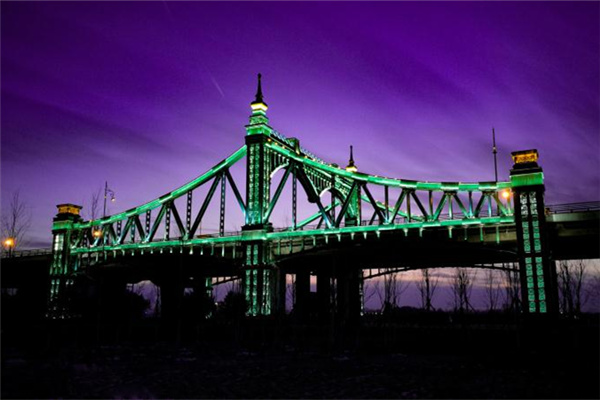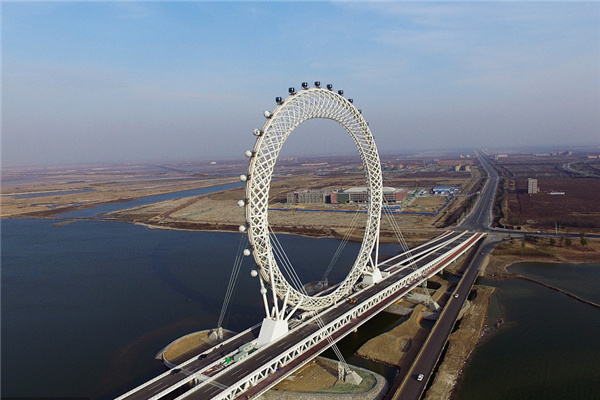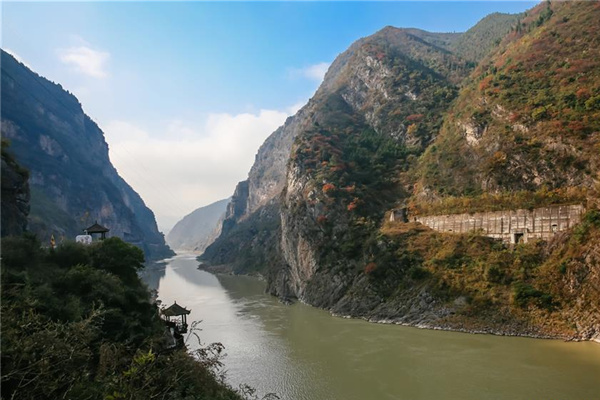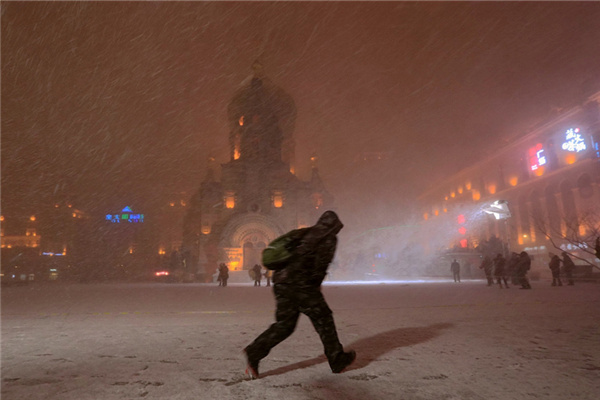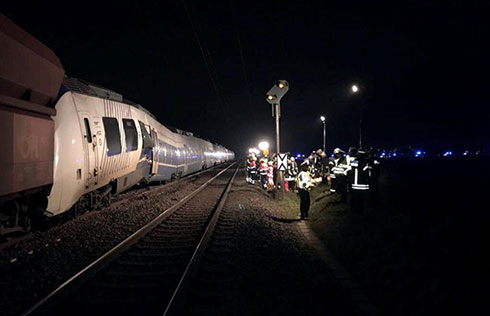


Scenes of dirty and crowded trains are familiar in the developing world. This writer still remembers traveling with some elder boys back in the 1960s, sitting between two passenger cars with the door open. It was summer and inside the metal structure it was just too hot to bear.
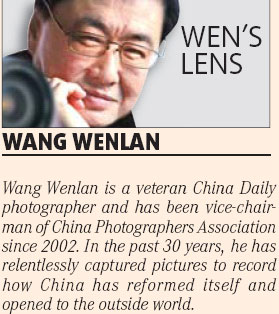
And in the 1970s, having to stand on the same spot in overcrowded trains for two days from Urumqi to Lanzhou.
And then in the 1980s, having to lie down on a hard berth for four days doing nothing (but luckily enough paid for by the office) from Beijing to Urumqi on a reporting assignment.
Today, a train journey, especially when one can afford the tickets for a high-class car, no longer reminds people of the difficult Long March.
Indeed, the comfort of train rides may well be used as an indicator of the development of a nation. But of course, China is still developing. People still see plenty of crowded trains in China, especially on the service lines with the most migrant workers.
The snowstorm that hit the southern provinces in the early days of the year played havoc on the Chinese rail system and caused many delays and cancellations.
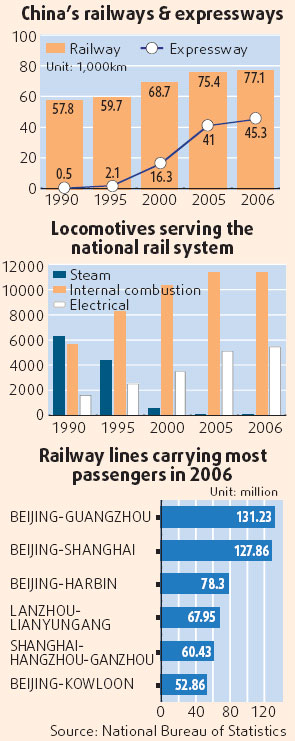
But precisely because China is developing, there is still a large demand for rail services and the country is under pressure to invest in better technology while at the same time investing heavily in its roads. The crowds, or rather China's population, are doing an important service for development. They keep forcing China to build more, and more.
In the weeks ahead, the re-development of Beijing's Southern Railway Station will be completed, reportedly the largest railway station in Asia.
The high-speed railway between Beijing and Tianjin will also be open to trial service.
Between 2008 and 2010, China will build a high-speed (allowing trains to run over 300 km/h) rail link between Beijing and Shanghai, and a few links of the sort between Shanghai and nearby cities in the Yangtze River Delta.
Another force driving China's railway development program is the need for coal transport - from the mining regions in northern China to power plants all over the country.
(China Daily 03/24/2008 page1)
